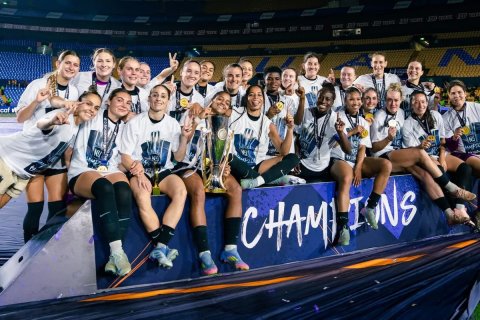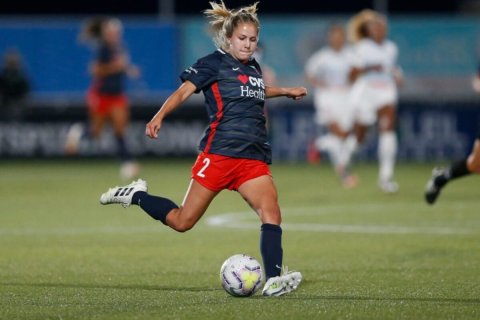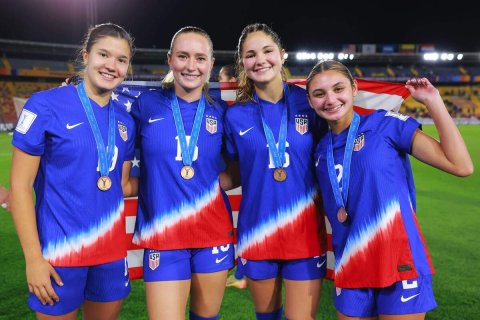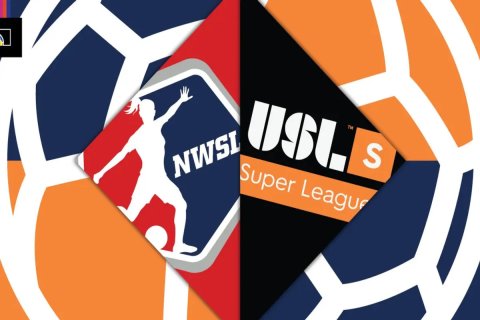The National Women's Soccer League (NWSL) is taking a bold step toward a more sustainable, robust, and competitive future by submitting a formal application to establish a second-tier division — a move that could reshape the pathway from youth and college soccer to the professional ranks.
A Strategic Move for Growth
The decision by the NWSL to apply for sanctioning of a Division II league is not just a matter of adding more teams — it reflects a deeper recognition of the need for a structured player-development pipeline in women’s soccer in the United States. The application, filed in early 2025, signals the league’s intention to launch this second tier in 2026.
Commissioner Jessica Berman described the proposed Division II as a system designed to fuel the explosive growth of the first division by providing space for talent to mature.
The broader context shows how the women’s game in the U.S. is at a tipping point: soaring interest, increased investment, and more professional opportunities — but also a pressing need for infrastructure. This initiative speaks to that gap.
The Structure of the New Tier
The proposed Division II would begin with eight affiliated clubs, each owned by an existing NWSL franchise. These clubs are expected to include Bay FC, Kansas City Current, North Carolina Courage, NJ/NY Gotham FC, Orlando Pride, Racing Louisville FC, Seattle Reign FC, and Washington Spirit.
The format would involve a 14-game regular season (a double round robin: each team plays the others home and away) followed by playoffs for the top four teams.
A key requirement for sanctioning is that each club’s stadium must have a minimum capacity and each market must meet population thresholds. The affiliated model helps meet those criteria by leveraging existing NWSL teams.
The ambition is that all NWSL clubs will field a Division II affiliate within four years of the league’s launch, though independent clubs (unaffiliated with a NWSL franchise) may join in the future.
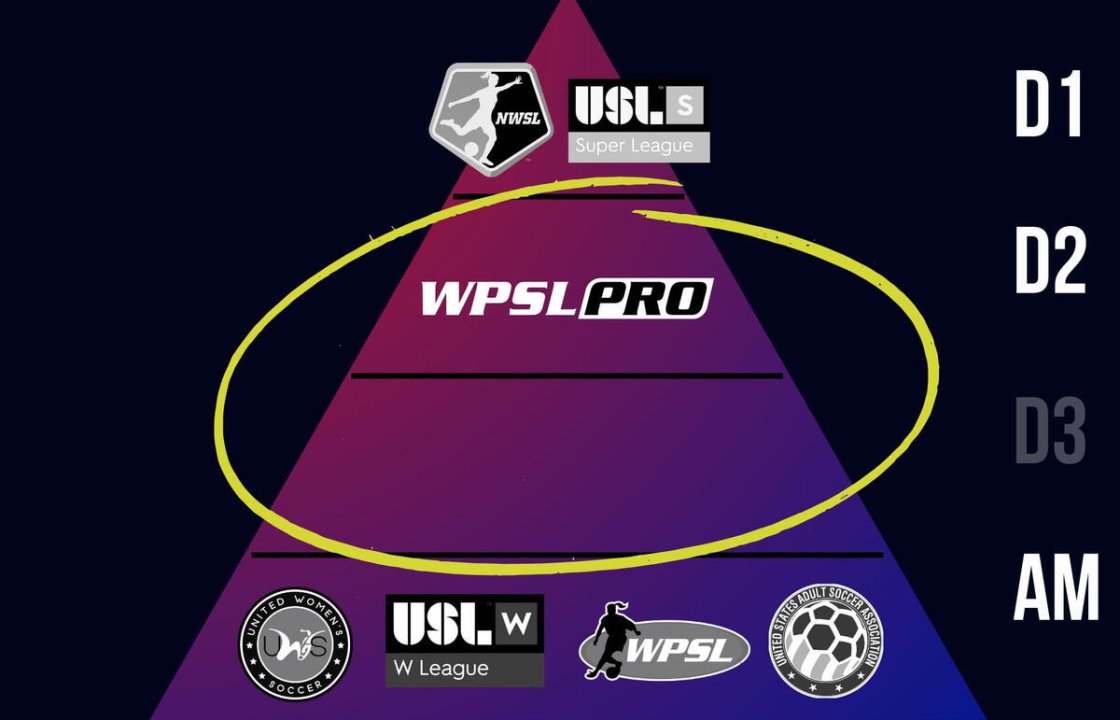
Why This Matters for Women’s Soccer
First, the move directly addresses the developmental gap between youth or college soccer and the top professional tier. With the NWSL drafting system being reworked and many elite players turning professional earlier, the league needed a structured transition environment. Commissioner Berman emphasized that players need to be placed in the right technical environment where they can develop in an age-appropriate way.
Second, this structure promises to improve roster depth, allow for meaningful game time for younger players, injured players returning from rehabilitation, and even provide development pathways for coaches, officials, and front-office staff.
Third, by creating a second tier, the NWSL strengthens the overall league ecosystem, making the professional ladder more credible, sustainable, and attractive to investors, stakeholders, and fans. The demand for professional women’s soccer has never been higher.
Finally, it aligns the U.S. women’s game more closely with international standards, where reserve teams, lower divisions, and formal integration pathways are established. This helps maintain competitiveness globally.
Potential Challenges and Considerations
While compelling, the implementation of the Division II system faces important hurdles. One is the cost of operating additional teams, even if affiliated — travel, staffing, marketing, and infrastructure all add up. Some current clubs may weigh the cost-benefit, especially in less-profitable markets.
Another challenge is ensuring competitive balance and not simply treating the Division II sides as “farm teams” without full investment. If the quality of play is too low, the pathway purpose may falter.
A further consideration is how this second tier interfaces with other pro leagues. The WPSL Pro, for example, has announced plans to launch in 2026 as well, also seeking second-division status. That raises governance and structural questions: how many second-tier leagues can coexist, and what differentiates them?
Lastly, the sanctioning and approval process by U.S. Soccer Federation must ensure the standards for infrastructure, markets, and operations are met — or the league risks sanction delays or non-compliance.
Despite those challenges, the initiative is widely seen as a vital step for long-term growth.
What This Means for Players, Clubs and Fans
For players, especially young professionals or those moving from college, the new second division offers a platform where they can compete at a higher level than amateur leagues, get meaningful minutes, hone their technique and maturity, and gain confidence before stepping into the top tier. It means less risk of being “lost” in the system or stagnating on the bench.
For clubs, the presence of an affiliated second team gives a controllable environment to ramp talent up, manage injuries, test tactical ideas, develop coaches and referees, and strengthen fan engagement by giving more matches and more accessible price points. It also increases the depth of the club and strengthens its brand.
For fans and markets, the addition of these teams means more access to live women’s professional soccer, more local stories, more community engagement, and a broader footprint. It helps build the pipeline of supporters, not just for the top clubs but for the game as a whole.
In short, this move is not just adding more games, but expanding the ecosystem — nurturing talent, generating stories, building capacity, and deepening roots.
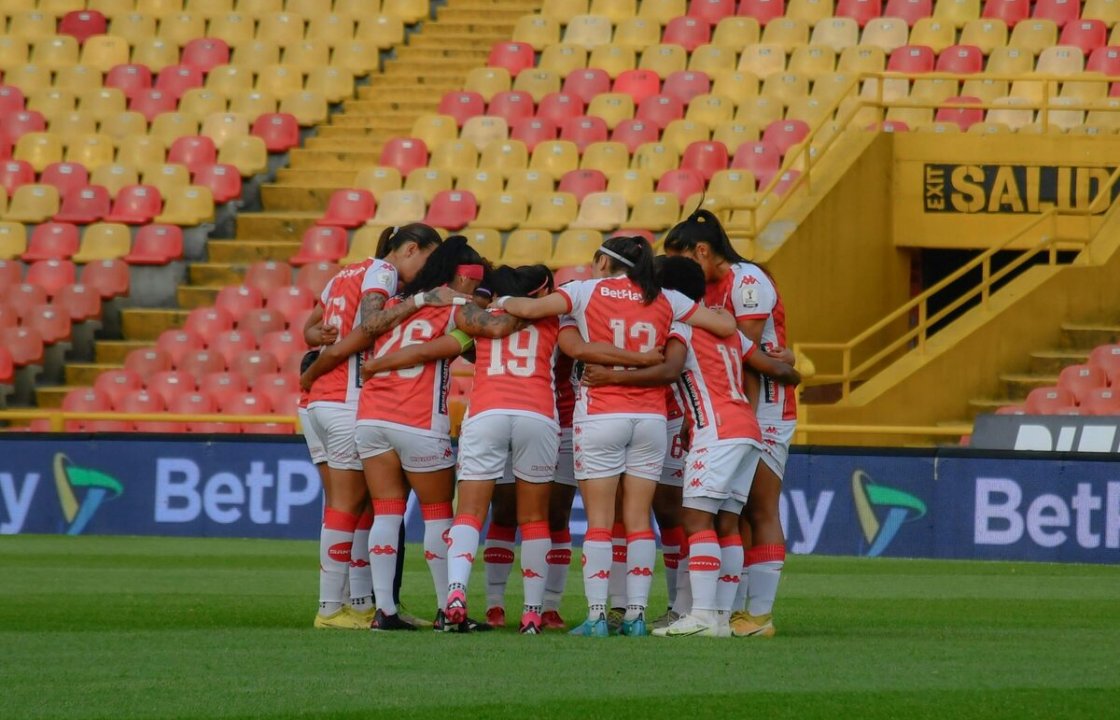
Strategic Implications for the Broader Landscape
From a business and structural perspective, the second division supports the NWSL’s ambitions for expansion. As the league grows toward 16 and beyond teams — and possibly up to 30 or more franchises in the future — the underlying infrastructure must keep pace.
By building depth, the league also increases its bargaining power — in media rights, sponsorship deals, commercial partnerships, and international relevance. The second division can be framed as a long-term investment in growth, not just a short-term add-on.
From a development standpoint, creating legitimate professional pathways reduces the outflow of talent overseas, helps the U.S. national team pipeline remain domestic, and improves competitiveness internationally.
And from a cultural viewpoint, the move helps the women’s game build its own internal structure rather than being entirely dependent on external systems like college or amateur leagues. That autonomy is key for sustainability.
The Bigger Picture: Why Timing is Critical
The application comes at a moment when women’s soccer is undergoing a wave of change. Investment is flowing, viewership is increasing, players are turning professional younger, and global competition is intensifying. Europe in particular has professionalized rapidly, so the U.S. must respond to maintain leadership.
This new structure is about developing the path from the youth levels of the game to the professional level.
Failing to act now could leave a gap where talented young players either stagnate or leave the country, and clubs could lose connection with their developmental bases. By moving ahead proactively, the NWSL is signaling a long-term mindset rather than reacting when the problem becomes systemic.
Looking Ahead: What to Watch For
Key indicators of success will be how well the second division is sanctioned by U.S. Soccer, how quickly additional clubs join (including unaffiliated ones), how the commercial model works (tickets, media, sponsorship), and how many players transition successfully from the second tier to the first tier and beyond.
Another factor will be the integration of the second division into overall club strategy — not just as a cost center, but as a driver of innovation (new marketing ideas, local fan engagement, experimental formats) and as a tool for continuous improvement in coaching, performance, and operations.
If done well, the second tier could become a proving ground not only for players but also for coaches, referees, and front-office talent — essentially strengthening the entire ecosystem.
If mismanaged, it could become a drain or an afterthought that fails to deliver meaningful progression. The next 18–24 months will be critical in how the concept expands and how real the structure becomes.
Relating This to SIA Academy’s Mission
At SIA Academy, we are committed to high-performance soccer development, individualized player pathways, and creating environments where young players can thrive. The tectonic shift represented by the NWSL’s second-division project directly aligns with our work: it underscores the importance of structured progression, game-time opportunities, and preparing players not just for the next training session, but for professional environments.
In our Next Gen Pro program and other academy initiatives, we emphasize bridging the academy-to-pro gap, cultivating technical, tactical, and psychological readiness, and exposing players to competitive intensity. The arrival of a domestic Division II league means that for our players the pathway becomes more visible, more attainable, and more concrete. It validates our focus on preparing athletes who are ready to step into a professional tier designed with development in mind.
As we design our programs — age-appropriate training, competitive showcases, individualized support, and mental readiness — the evolving structure of the women’s professional game gives our mission even greater relevance. We are not simply preparing players for youth leagues; we are preparing them for a landscape that is expanding beneath their feet — one where opportunities exist at multiple levels, and where the structures around them are increasingly aligned with long-term growth rather than ad-hoc advancement.
By recognizing this evolving ecosystem and calibrating our curriculum accordingly, we ensure that SIA Academy and Next Gen Pro remain at the forefront of what players will need to succeed. The second division project might, in many ways, be the missing link between our academy work and the professional stage — and we are ready to help bridge it.

